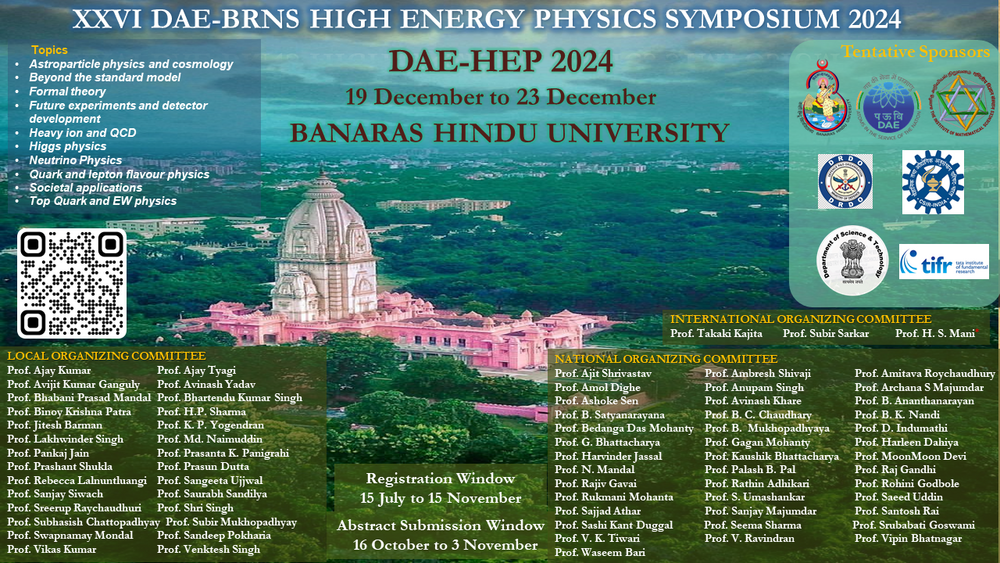Speaker
Description
Imaging Atmospheric Cherenkov Telescopes (IACTs) have became essential tool for the detection of Very High Energy (VHE) gamma ray sources. IACT data contain overwhelming background of cosmic ray induced Cherenkov images. Conventional methods distinguish signal events from background using shape and orientation features extracted from spatial distribution of time-integrated intensity in camera plane. In recent studies, deep-learning models based on Convolutional Neural Networks (CNN) and Long Short Term Memory (LSTM) networks have been shown to out-perform the classical approach. All the current and future generation IACTs collect photo-sensor waveform data at high sampling rates. While traditional method use only the spatial information in an IACT image, deep learning methods represent IACT event in 2D pixel maps of intensity and waveform parameters. Though geometrical representation of events is well suited
for CNNs, insights hidden in time evolution of Cherenkov images across camera plane may not be easily captured. We propose a novel approach that leverages the temporal evolution of Cherenkov images in the camera plane. IACT event data is represented as a time series of centroids and total content of instantaneous Cherenkov images.
We train CNN and LSTM based classifiers using this representation as input and investigate the efficiency of trained classifiers. The performance of traditional gamma/hadron classification method in IACT is used as the benchmark, where shape and orientation features of an IACT image are utilised as input to Random Forest classification algorithm. We find that simple single-layer architectures of CNN/LSTM trained with sequence of instantaneous centroids and total content as input outperform Random Forest model trained on shape parameter. The study serves as a proof-of-concept for using time series representation of Cherenkov images in IACT data analysis.

